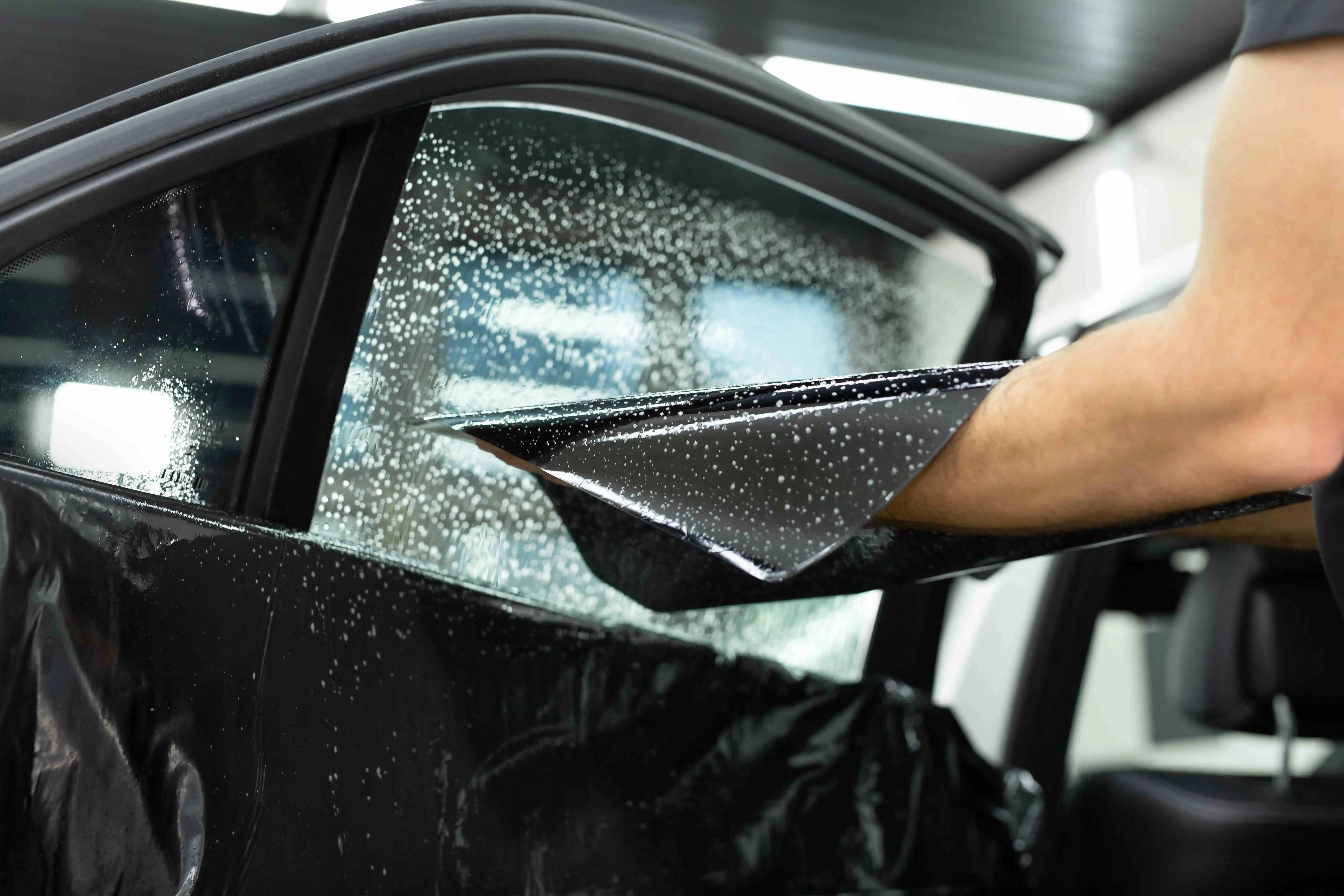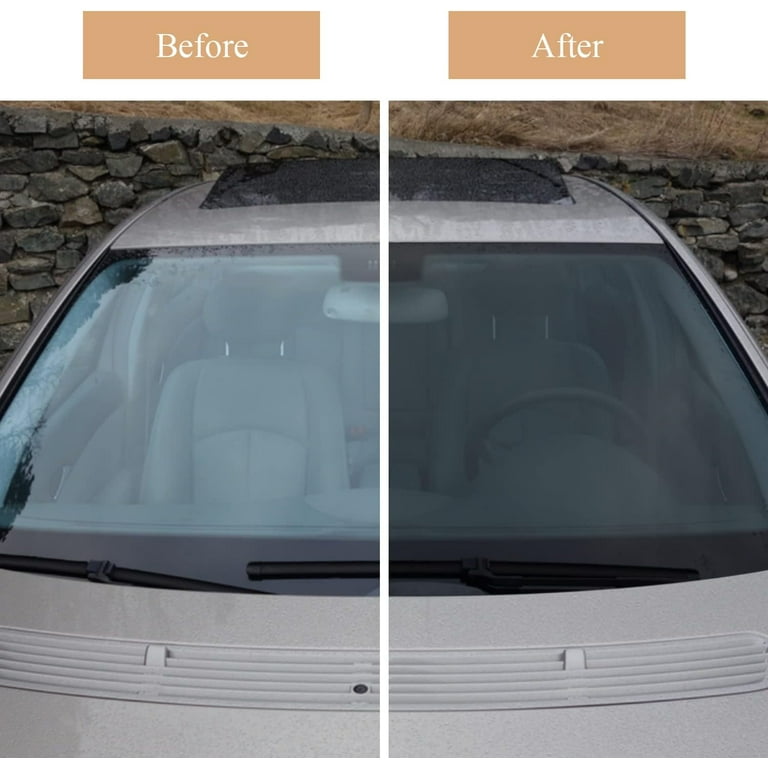How Car Window Tinting Maintains Your Automobile Cool in Heat
Window Tinting Rules and Standards: What You Required to Know Before Tinting Your Car
Before waging window tinting for your automobile, it is necessary to familiarize on your own with the varied laws and standards that govern this practice throughout various states. These guidelines determine the acceptable degrees of color darkness, frequently gauged by visible light transmission (VLT) portions, and consist of certain specifications for front windscreens targeted at guaranteeing roadway safety and security. In addition, certain jurisdictions may supply clinical exceptions for individuals with qualifying conditions. Comprehending these intricacies can save you from potential legal implications, yet what are the certain regulations in your state?
Overview of Window Tinting Laws
Home window tinting legislations are regularly subject to variant throughout various territories, reflecting neighborhood regulations and security factors to consider. These regulations determine the allowable levels of tint darkness and reflectiveness on lorry home windows, guaranteeing that drivers maintain ample exposure while also securing versus damaging UV rays and warmth.
Many policies classify home window tinting based upon the Visible Light Transmission (VLT) portion, which indicates the amount of light that can pass through the window. Normally, reduced VLT portions indicate darker tints. Regulations often separate in between the front, side, and rear windows, with more stringent limitations related to the front windshield to enhance safety for both the chauffeur and various other roadway users.
Additionally, some jurisdictions enforce limitations on the reflectivity of the color, stopping excessive glare that might impair exposure. Exceptions to these regulations may exist for people with details clinical problems needing added sun security. Conformity with home window tinting policies is critical, as violations can result in penalties, required removal of the tint, and possible increases in insurance coverage costs. Therefore, it is crucial for car owners to acquaint themselves with local legislations prior to continuing with home window tinting setups.
State-by-State Tint Laws
Understanding the particular window tinting guidelines in each state is essential for lorry owners looking for to abide by the regulation. Each state in the united state has actually established its own collection of guidelines governing window tinting, which can differ substantially. These regulations often dictate the allowed levels of color darkness, the sorts of home windows that can be tinted, and any type of medical exceptions that might apply.
For example, states like The golden state have rigorous restrictions on tint darkness for front windows, while others, such as New Mexico, may enable darker tints. Furthermore, particular states mandate particular visibility percentages for various windows, consisting of the windscreen, front side windows, and rear windows. It is crucial for car proprietors to familiarize themselves with their state's laws to stay clear of possible penalties or penalties.
Furthermore, some states may call for an accreditation sticker to be put on tinted home windows, indicating compliance with state laws. Failing to comply with these laws not just runs the risk of legal repercussions but can likewise influence safety and exposure while driving. Car proprietors need to perform comprehensive research or speak with local authorities to make sure full understanding and compliance with state-by-state color laws.
Allowed Tint Types and degrees
Lots of car owners may be surprised to find out that allowed color degrees and types vary commonly throughout various states. Each state has developed its own laws relating to the acceptable darkness and reflectivity of window tint, usually gauged by Visible Light Transmission (VLT) percentages. VLT refers to the quantity of light that can pass through the colored windows; thus, a reduced percent shows a darker color.

In addition, the types of color materials allowed can differ, with some states restricting mirror-like or metallic surfaces. It is necessary for car owners to acquaint themselves with their state's certain regulations to make sure compliance. Non-compliance can cause fines, obligatory elimination of the tint, or various other lawful effects, making it essential to understand these policies before waging installment.
Medical Exceptions for Tinting
While not all states give allocations for clinical exemptions concerning home window tinting, those that do acknowledge the requirement for particular individuals to boost presence and convenience due to clinical problems. Different medical problems, such as lupus, skin cancer cells, and certain eye conditions, can provide individuals specifically sensitive to sunshine. Consequently, these people may require darker colors to secure themselves from damaging UV rays and glow.

It is important to keep in mind that even with a medical exemption, there may still be constraints on the level of color permitted. Compliance with state legislations makes sure that individuals are both secured and within legal limits. Those taking their explanation into consideration medical exceptions ought to call their neighborhood Division of Motor Vehicles or equivalent authority to comprehend the treatments and requirements needed to look for an exemption efficiently.
Charges for Non-Compliance
Falling short get more to abide with home window tinting regulations can result in considerable charges, which vary by state. Law enforcement firms are encouraged to release citations for vehicles that do not abide by the specified tinting policies. These charges usually consist of penalties, which can vary from small total up to several hundred dollars, depending on the seriousness of the infraction and the state in concern.
In some jurisdictions, repeated offenses may result in intensifying fines or extra fines, such as obligatory court looks. Furthermore, non-compliance may necessitate the removal of illegal tinting, commonly at the owner's expense. In severe cases, regular culprits may deal with suspension of their lorry registration till conformity is accomplished.
Additionally, insurance coverage ramifications might emerge from obtaining numerous citations for window tint offenses. Insurance firms might view such violations as a sign of riskier habits, possibly bring about boosted costs or problem in insurance coverage.
To stay clear of these penalties, it is crucial for automobile owners to acquaint themselves with their local window tinting laws and ensure that their automobile complies (Window Tinting). This positive approach not just stays clear of lawful implications however also promotes roadway security
Verdict

Many regulations identify window tinting based on the Visible Light Transmission (VLT) portion, which suggests the quantity of light that can pass via the window. Compliance with window tinting laws is essential, as violations can result in fines, required removal of the tint, and possible increases in insurance coverage costs.Comprehending the details window tinting guidelines in each state is crucial for car proprietors looking for to comply with the legislation. These regulations often dictate the allowed degrees of tint darkness, the types of windows that can be tinted, and any type of medical exceptions that might apply.
For instance, states like California have rigid constraints on color darkness for front windows, while others, such as New Mexico, may allow darker colors.